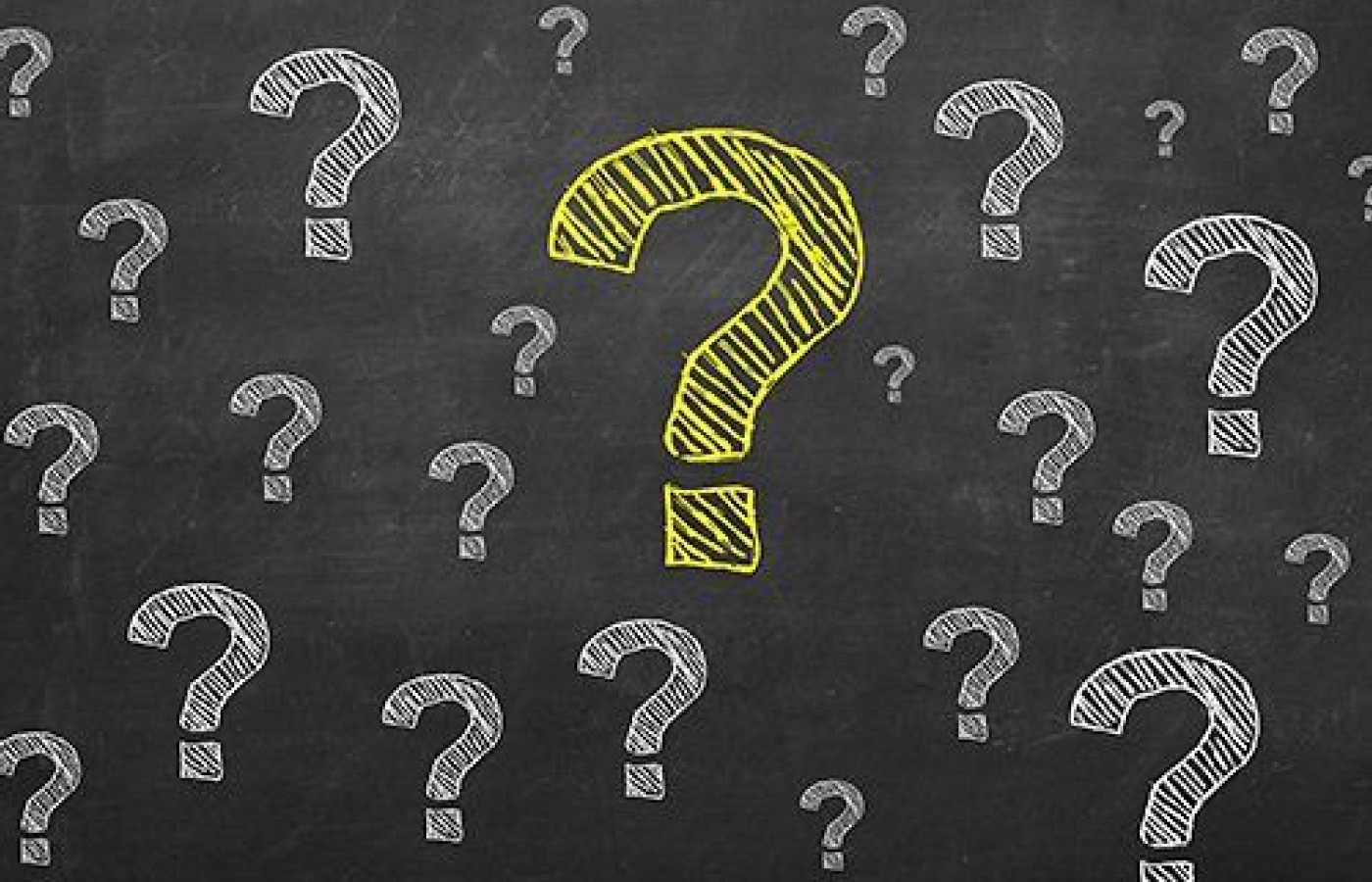Whether you accept it, avoid it or live somewhere in between, insurance coverage has become a defining issue for our profession. Patients increasingly expect to use their benefits, practitioners want to be compensated fairly for their time and expertise, and the system itself remains – at best – fragmented. The encouraging news is that coverage has expanded in meaningful ways. The challenging news is that reimbursement, across the board, remains inadequate.
Clearing Up the Cortisol Confusion
One of the most common questions I hear in the clinic is the following: "Is cortisol causing all of my health issues?" I get this question at least once a week, with patients connecting cortisol to everything from weight loss and insomnia, to blood-sugar issues, fatigue and depression, to name just a few.
Let's discuss two TCM formulas / patent medicines I use extensively for situations that often get lumped under the umbrella of "excess cortisol." This is a complex subject and I am not able to cover all the issues in this short column. However, I will cover some key ideas and present some clinical pearls clinicians can use to help address this vague area of symptomology.
Ultimately, the question, "Is cortisol causing all of my health issues?" is a wonderful opportunity for TCM clinicians to educate patients on the unique approach of traditional Chinese medicine in helping patients reach a state of health and vitality.
Stress and Cortisol
The concept of stress is the fundamental idea that must be addressed when discussing cortisol and its potential to cause the body to shift into disease states when chronically elevated. When the body is in a constant state of sympathetic nerve response, the "fight or flight" scenario, then elevated cortisol is absolutely a factor to consider. But rather than seeing cortisol as the enemy, we should see it as a warning sign; a "canary in a coal mine," so to speak.

We must examine the lifestyle of the patient who has elevated cortisol and not get caught in the "cortisol lowering supplement" paradigm. There is no magic pill to make stress responses in the body disappear. Therefore, even before we look at the tongue or palpate the pulse, we need to discuss lifestyle environment with the patient.
- How do they react to life stress?
- How is their sleep hygiene?
- Do they engage in activities to induce a parasympathetic stress tone such as tai chi, yoga, meditation or nature walks?
- Do they eat an overall healthy diet?
These are all important questions to address when encountering any clinical situation that may indicate an excess cortisol disease state. As I often state, no amount of acupuncture or TCM patent medicines can fix an imbalanced lifestyle of poor sleep, chronic stress and unhealthy diet.
TCM Pattern Diagnosis
Educating patients who ask the cortisol question about TCM pattern diagnosis and how this unique pattern-based approach allows for a custom-made healing protocol to be designed is extremely important. Regardless of how much cortisol a patient has streaming throughout their nervous system, the tongue, pulse, physical examination, and subjective symptoms reveal a unique pattern of disharmony.
As clinicians, we know that a diverse array of patterns can present in the clinic. "Excess cortisol" symptoms can present as almost any pattern, including (but not limited to):
- Kidney yin / yang vacuity
- Heart blood vacuity
- Spleen qi vacuity
- Damp heat
- Liver depression qi stagnation
Several of these patterns can be combined in chronic cases, making it extremely challenging for the clinician.
TCM Formulas for the Most Common Patterns
While all the patterns and concomitant accompanying symptoms should be examined in complex chronic cases of stress-induced disease, I have found the following two patterns to be extremely common in patients exhibiting what may be called "excess cortisol": liver depression qi stagnation in combination with spleen qi vacuity or liver-spleen disharmony and spleen qi vacuity alone.
The most common formula for liver-spleen disharmony is Xiao Yao Wan or perhaps Jia Wei Xiao Yao Wan if accompanying signs of depressive heat are present. I constantly see patients in the clinic taking a shopping bag of "stress" formulas and still showing signs of disharmony. Xiao Yao Wan or Jia Wei Xiao Yao Wan can often replace the use of generic "stress" supplements, as they target the actual root of disharmony. (Clinicians can educate patients on this important root-centered approach of traditional Chinese medicine.)
I often combine the formulas Shen Qi Da Bu Wan / Xiao Yao Wan (or Jia Wei Xiao Yao Wan) if fatigue is the main complaint. In patients with liver-spleen disharmony, this combination can work wonders, particularly if combined with appropriate lifestyle modification and education on sleep hygiene.
It is not uncommon to see cases of chronic stress present as liver-spleen disharmony with yin vacuity. This can be a challenging combination to treat. I have found the formula Sheng Mai San, used in combination with either Xiao Yao Wan or Jia Wei Xiao Yao Wan, to be extremely effective in such cases, particularly when heart palpitation or poor sleep is present.
Sheng Mai San consists of Dang Shen, Mai Men Dong, and Wu Wei Zi. An elegantly simple formula, Sheng Mai San can gently nourish and astringe yin while boosting qi, and works in beautiful harmony with Xiao Yao Wan / Jia Wei Xiao Yao Wan. The medicinal Wu Wei Zi also has a gentle, calming effect on the nervous system without causing the patient to feel drowsy. I have found this patent combination to be particularly effective for athletes who suffer from "overtraining" syndromes, presenting with poor sports recovery, high resting heart rate in the morning, and poor sleep. In such cases, I will often add extra doses of Wu Wei Zi in capsule form.
Clinical Pearls
As mentioned earlier, no amount of acupuncture or patent medicine will replace deep, restorative sleep, stress-reduction techniques and a healthy diet. Clinicians should always educate patients that lifestyle modifications and sleep can often replace expensive "cortisol-lowering" nutraceuticals. However, if patients come to the clinic who have already implemented such practices and are still not in a state of satisfaction, the patent-based approach of TCM can be a unique gift. Listen to your patients, educate them on the effects of chronic stress, and give them the unique gifts of a patient-centered approach.



